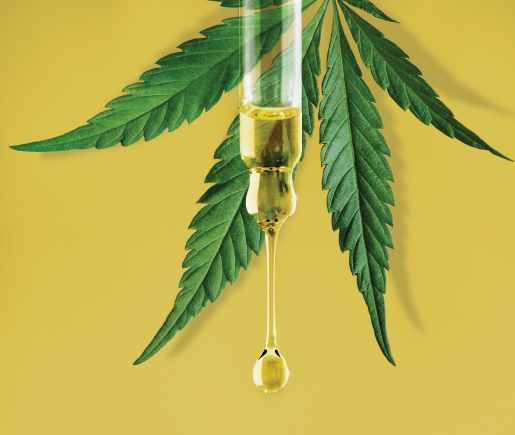
The signing of the 2018 Farm Bill changed the way hemp is defined and regulated in the U.S. Both hemp and marijuana are members of the Cannabis family, but hemp is defined as having a THC concentration of no more than 0.3 percent by dry weight. Hemp was also removed from the Controlled Substances Act making it legal to cultivate, possess, sell and distribute. These changes have opened the door to both a burgeoning business opportunity and many concerns for employers.
CBD is showing up in a wide variety of products including oils, lotions and even food. The suggestions for use are diverse as well – from anxiety to insomnia to chronic pain. Questions arise over how the use of CBD will impact drug tests and the answers are not reassuring.
There is little regulation of these new products in the marketplace. Inconsistencies in the manufacturing of CBD can lead to the end product containing more THC than allowed. Each state determines how it will test THC levels in hemp plants adding to more inconsistencies. Once the end product is available, few states conduct further testing and dosage recommendations vary widely. Random testing by consumer groups has found some products labeled as CBD containing none of the chemical and others containing levels of THC well above the legal limit.
The combination of these factors puts CBD users at risk. A number of users have come forward with their personal experiences of testing positive for marijuana use when they had only consumed or used products containing CBD. With the lack of oversite in this arena, consumers must use caution.
Employers must be cautious as well. No one wants to lose a good employee due to a false positive on a drug screen. Poppy seeds and decongestants have both been tied to false positive test results!
Encourage your employees to be accurate when completing their medical history prior to testing. Prescription drugs, over-the-counter remedies and herbal supplements can all impact the results of a drug screen.
Conduct your company’s drug testing with a reputable lab. There are two main types of tests –immunoassay and gas chromatography-mass spectrometry (GC-MS). Generally, the immunoassay is completed first. If a positive result is reported, then the GC-MS is completed to confirm or negate the result. This two-step process can help to reduce false-positive test results.
Make sure you know your state’s laws and seek legal advice when in doubt.
From the Food & Drug Administration
FDA continues to be concerned at the proliferation of products asserting to contain CBD that are marketed for therapeutic or medical uses although they have not been approved by FDA. Often such products are sold online and are therefore available throughout the country. Selling unapproved products with unsubstantiated therapeutic claims is not only a violation of the law, but also can put patients at risk, as these products have not been proven to be safe or effective. This deceptive marketing of unproven treatments also raises significant public health concerns, because patients and other consumers may be influenced not to use approved therapies to treat serious and even fatal diseases.
Unlike drugs approved by FDA, products that have not been subject to FDA review as part of the drug approval process have not been evaluated as to whether they work, what the proper dosage may be if they do work, how they could interact with other drugs, or whether they have dangerous side effects or other safety concerns.
Sources: Forbes, WebMD, Consumer Reports, FDA.gov, Drugs.com
Definitions
CBD: cannabidiol – non-intoxicating extract of the Cannabis or hemp plant
CBN: cannabinol – a THC derivative
Hemp: a strain of the Cannabis sativa plant grown for industrial uses; it contains low concentrations of THC and high concentrations of CBD.
Marijuana: a psychoactive drug from the Cannabis plant; contains high concentrations of THC
THC: tetrahydrocannabinol – the compound that creates the “high” of marijuana